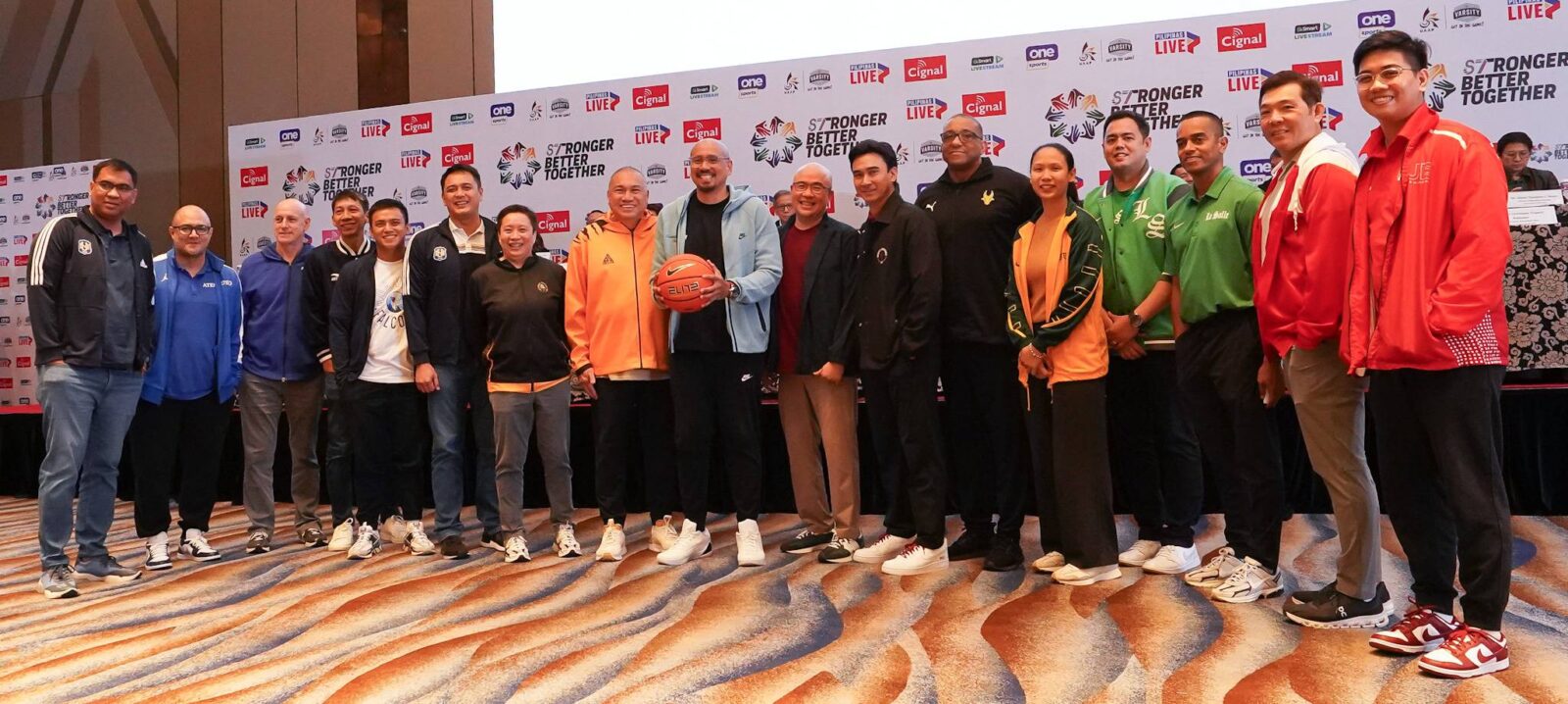Amid transfer spree, UAAP gives schools and players more to think about

Mason Amos will play for La Salle next year.
For how many seasons? That will depend on how the UAAP applies its new rule that would make transferring from one member school to another a bit more difficult.
The rule dances around the Student-Athletes Protection Act, which was authored by Sen. Pia Cayetano to make residency rules less punitive and the UAAP said it is willing to sit with her to clarify and defend its position.
The position is this: Players will still need to sit out just one year as residency, but the league will strip transferees of two years of eligibility.
“We’re ready to defend if called upon,” UAAP Executive Director Atty. Rebo Saguisag said in a press conference for Season 87 on Wednesday at Novotel Hotel.
“Allow me to state, however, that that is the beauty and gift of democracy, everybody has their own views and their own perspective and we understand and respect where she’s coming from,” Saguisag added.
The new rule, Saguisag said, was to balance the interests of the major stakeholders of the UAAP.
Balancing interests
“[While] we guarantee the protection of the rights of each and every student-athlete, we have to balance that to other interests,” Saguisag said. “I’m talking about the member-schools per se and the UAAP as a collective. There are three parties concerned here that we need to balance their interests because at the end of the day, a better member-school will lead to a better UAAP which leads to a better environment for the student-athlete.”
Former National University guard Kean Baclaan, who took his talents to La Salle, and Rey Remogat, from University of the East to University of the Philippines, were not affected by the new rule as they transferred in the second semester of the previous school year.
Amos, however, will be up for debate.
Saguisag explained that the new rule states “… that any transfer made after the academic year 2023-2024 will not only incur the usual residency requirement but will now be charged with an additional eligibility year, making it a total of two years.”
Amos made a celebrated transfer from Ateneo to La Salle in the school’s first term of the 2024-25 calendar. Saguisag said “while he is technically covered, he will not be affected immediately” as it will still be reviewed if he can play his final year.
“The effect will only be felt in reality once he continues to enroll in the particular school and once [his name is] submitted for the eligibility,” said Saguisag. “For now … He only sits one year; next year he can play.”
The new rule comes after a frenzied transfer scene in the offseason, where coaches raised concern that players they were taking time to build would eventually end up with bigger schools.
“Let me state for the record that all of us in this room, the welfare and interest of each and every student athlete is of paramount importance,” Saguisag said. “There’s no question about that. We all agree on that and that’s the most important thing. We may have different views on how to get there, but again, allow me to state that the welfare of each and every student athlete is of paramount importance.”





















